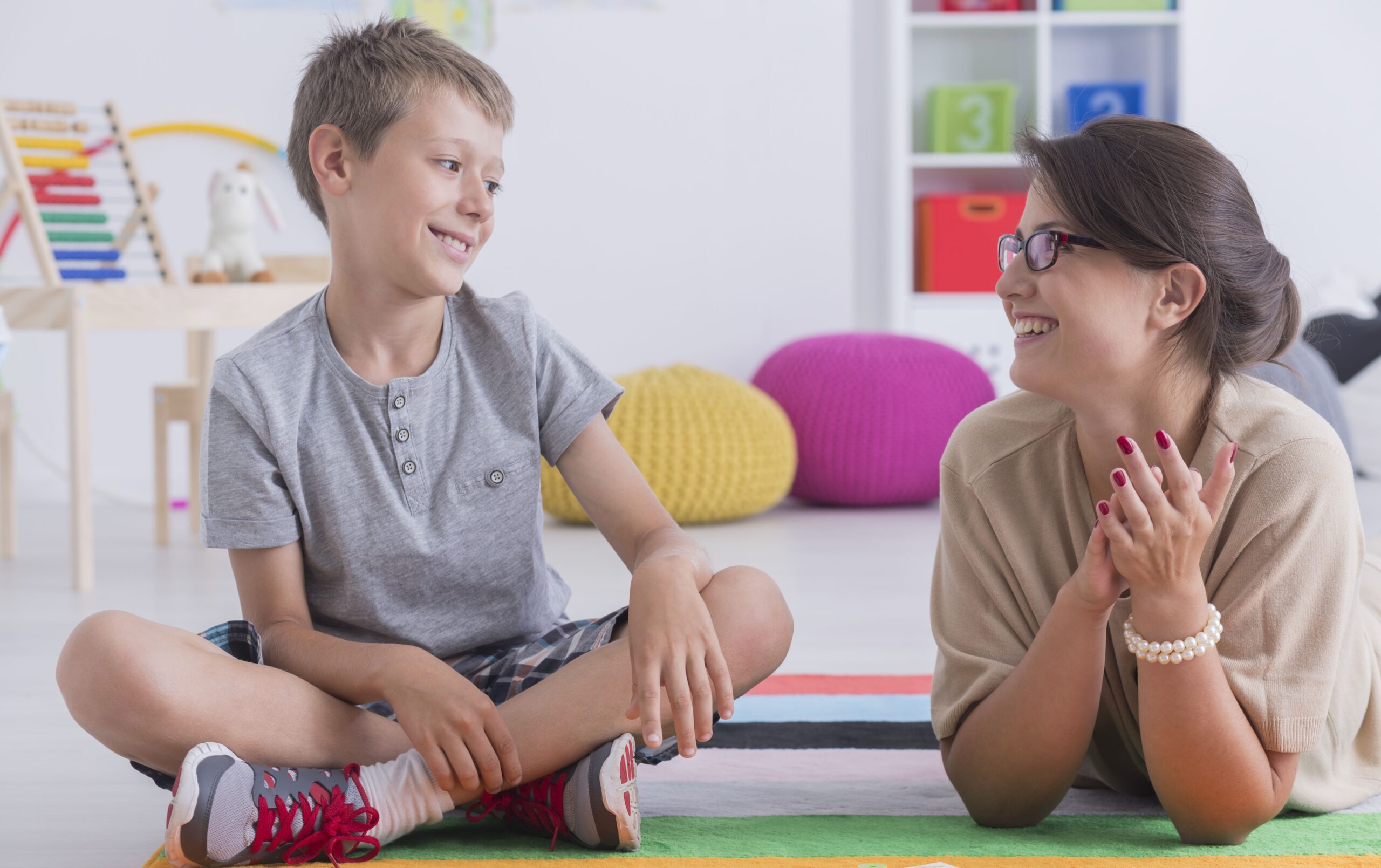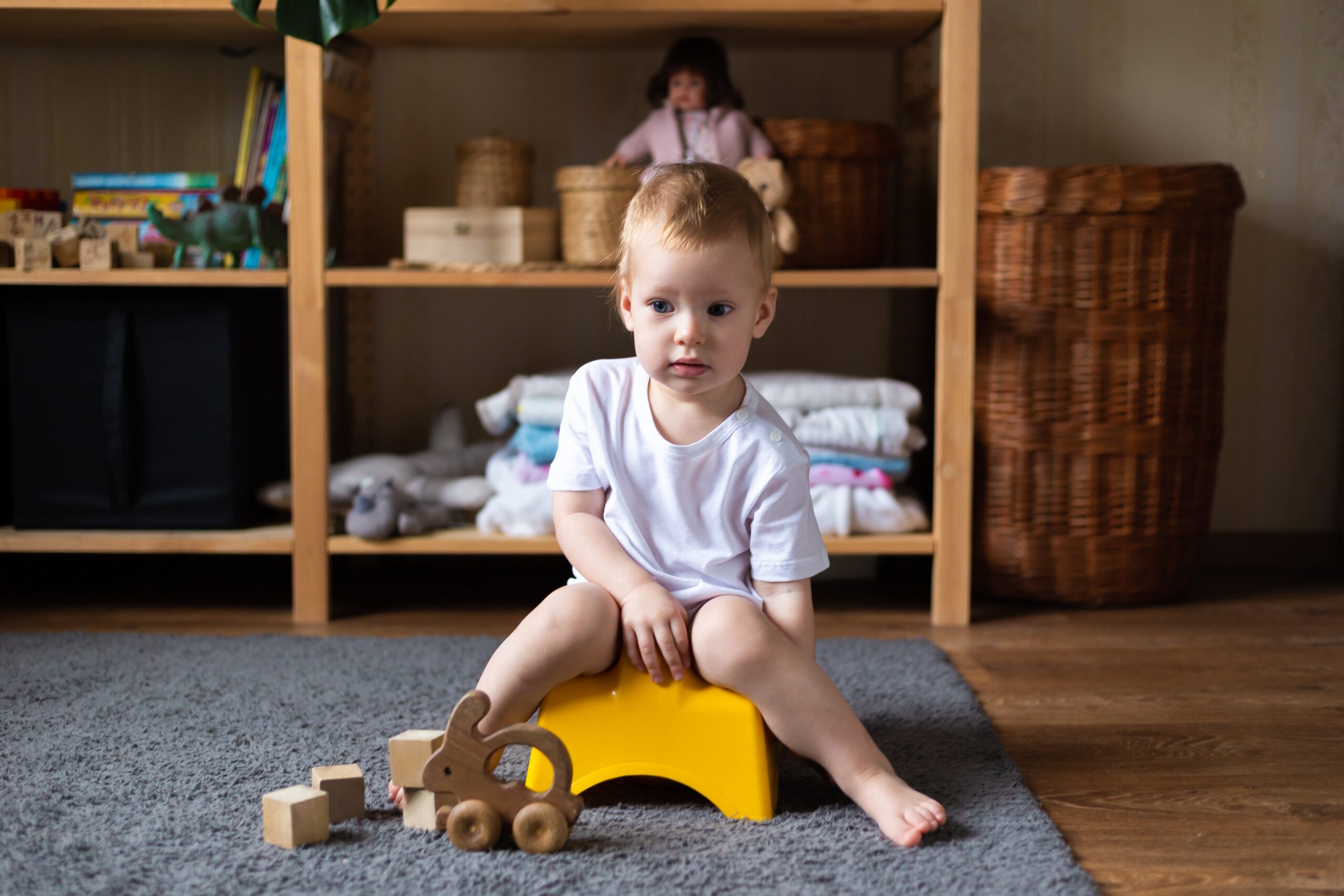How to Use a First-Then Board for Autism
A first-then board is a powerful visual tool used to help individuals with autism and other developmental disabilities understand and follow a sequence of activities or tasks. This visual aid presents information in a simple and structured manner, using pictures or symbols to represent the tasks or activities to be completed in a specific order. By employing a first-then board, caregivers and educators can promote predictability, reduce anxiety, and reinforce positive behaviors. In this article, we will discuss what a first-then board is, how to use it effectively, and the benefits of using this additional visual support.
What is a First-Then Board?
A first-then board is a relatively straightforward tool that consists of two parts: the “first” and the “then.” The “first” part represents the task or activity that the individual needs to complete initially. It is usually depicted using a picture, symbol, or written word, depending on the individual’s level of comprehension and communication skills. The “then” part of the board represents the desired or preferred activity that the individual will get to engage in after completing the first task. Like the “first” part, this is also depicted using picture symbols or written words.
How to Use a First-Then Board Effectively:
- Choose Appropriate Activities: Identify the tasks or activities that the child needs to complete and ensure they are meaningful, age-appropriate, and motivating for the child. For example, if you want the child to help clean up a messy room, place “clean up” in the “first” section and a picture of the child’s preferred activity, such as a toy or favorite food, in the “then” section.
- Create a Visual Board or Binder: Prepare a visual board or binder to store the pictures or symbols. Laminate it for durability, allowing you to have a collection of pictures in one place. This way, you can use the first-then board for various opportunities and situations. For example, you could have scenarios like “first book, then food” or “first bathroom, then book.”
- Explain the Concept: Before using the first-then board, explain the concept to the child in simple terms. You can use language or visuals to demonstrate that completing the first activity will lead to the preferred activity in the “then” section.
- Reinforce Preferred Activities: Ensure that the “then” activity is generally reinforcing for the child. This will increase their motivation to complete the “first” activity to access the preferred one.
- Use Clear and Concise Language: When introducing the board, use clear and precise language to explain the process. For example, say, “First bathroom, then book.”
- Praise and Reward: Offer verbal praise or other rewards when the child successfully completes their “first” activity and moves on to the “then” activity. This positive reinforcement will further encourage the use of the first-then board.
Scenario: Using the First-Then Board to Address Cleaning Up and Reading Books
Let’s assume the child enjoys reading books but finds it challenging to clean up toys. Here’s how you can use the first-then board in this situation:
- Create the Board: On the first-then board, place a picture of the child’s preferred activity (book) in the “then” section and a picture of the less preferred activity (cleaning up) in the “first” section.
- Introduce the Concept: Show the child the board and explain that when they finish cleaning up, they will get to read the book.
- Use the Board Before Cleaning Up: Before starting the cleanup, show the child the board again, reminding them of the sequence. After they finish cleaning up, praise them, and then let them read the book as a reward.
Conclusion
Every child is unique, and what works for one individual may not work for another. It is essential to adapt and modify strategies to suit the child’s specific needs, preferences, and developmental level. Additionally, if you are working with a child with autism, it is always recommended to seek guidance from a qualified professional, such as a behavior therapist or occupational therapist, to develop an individualized plan and support the child’s progress effectively. The first-then board is a valuable tool that can help individuals with autism better understand and follow routines, leading to increased independence and success in daily activities.
Also read: How to Manage Autism Meltdowns in Public
About Olga Sirbu
My name is Olga Sirbu, I am a Board Certified Behavior Analyst (BCBA) and Licensed Applied Behavioral Analyst. My goal is to support and empower families and individuals on the autism spectrum.
Autism Advance is dedicated to training parents and caregivers, providing practical tips, and teaching individuals how to educate kids with autism.
I share evidence-based practices to help you better understand and support individuals with autism. Learn practical strategies to help individuals with autism reach their full potential, as well as gain a deeper understanding and acceptance of autism.
Thank you for considering Autism Advance as a resource for your autism journey.








